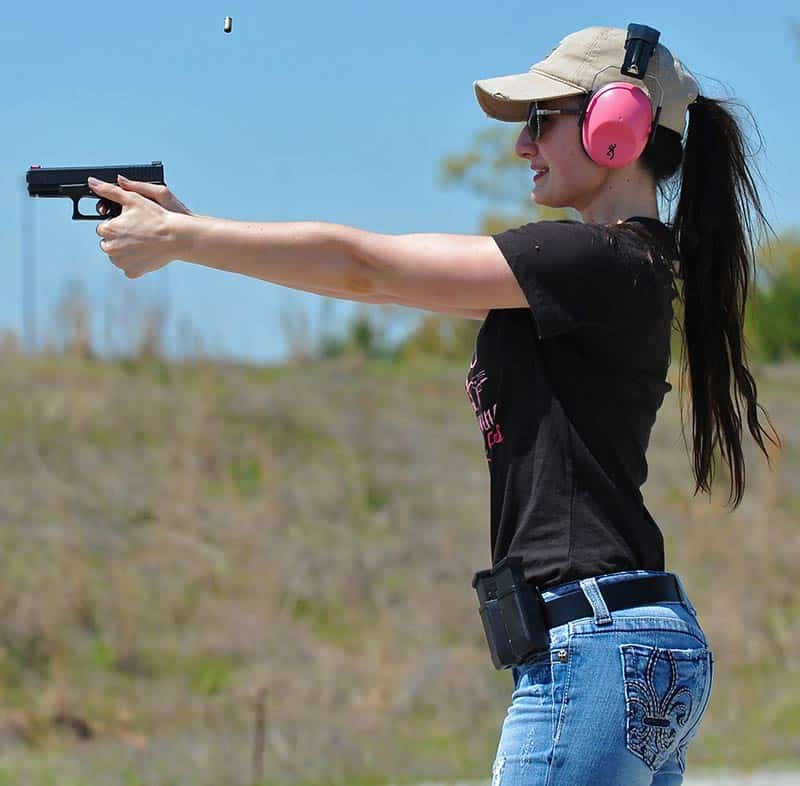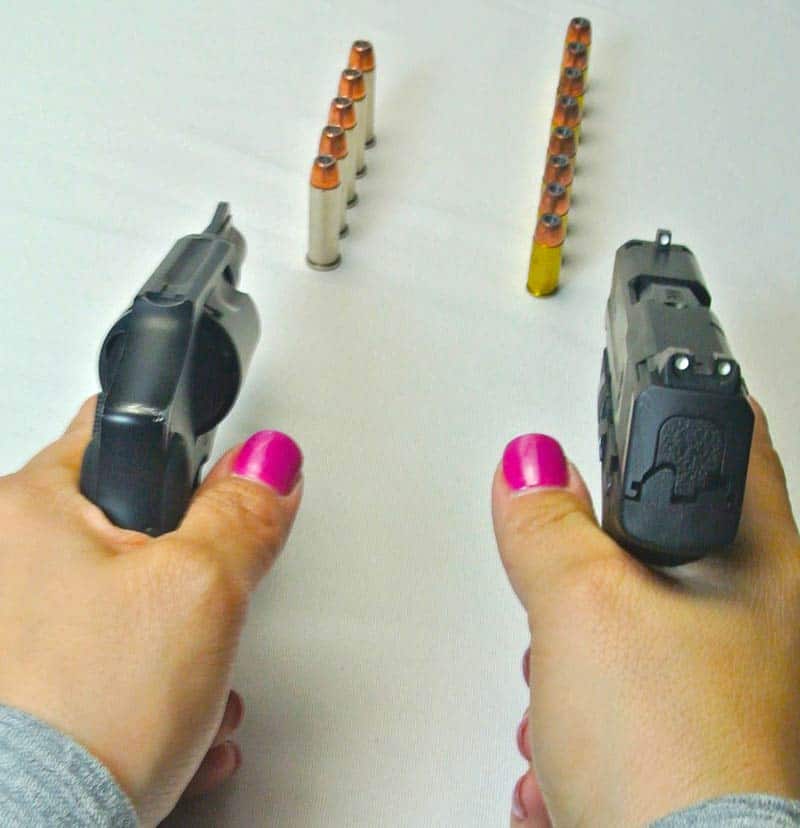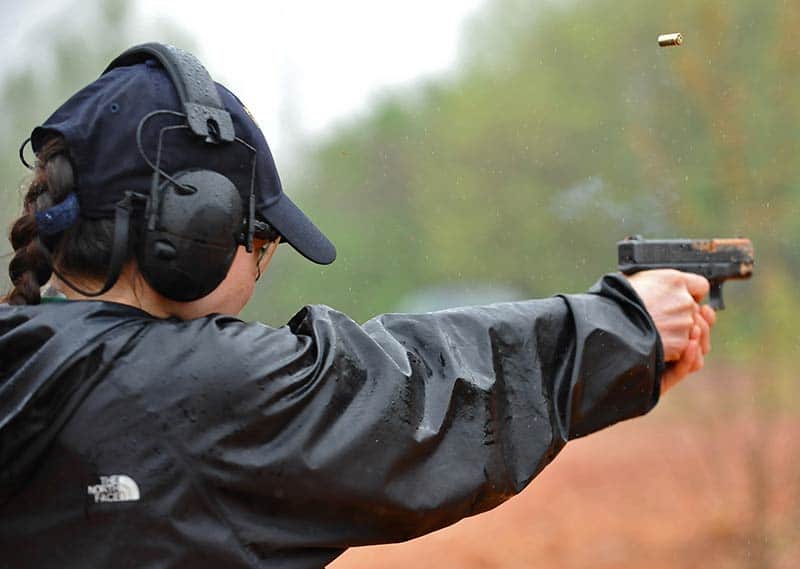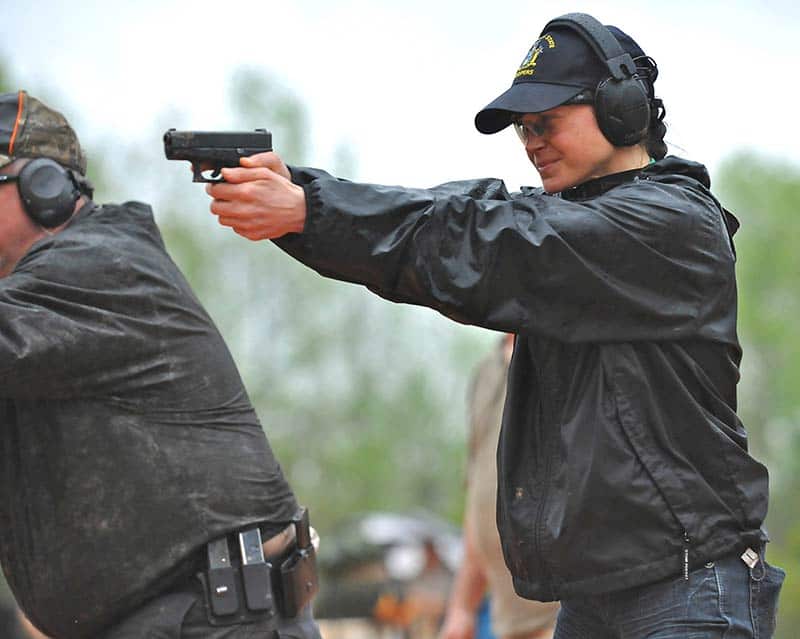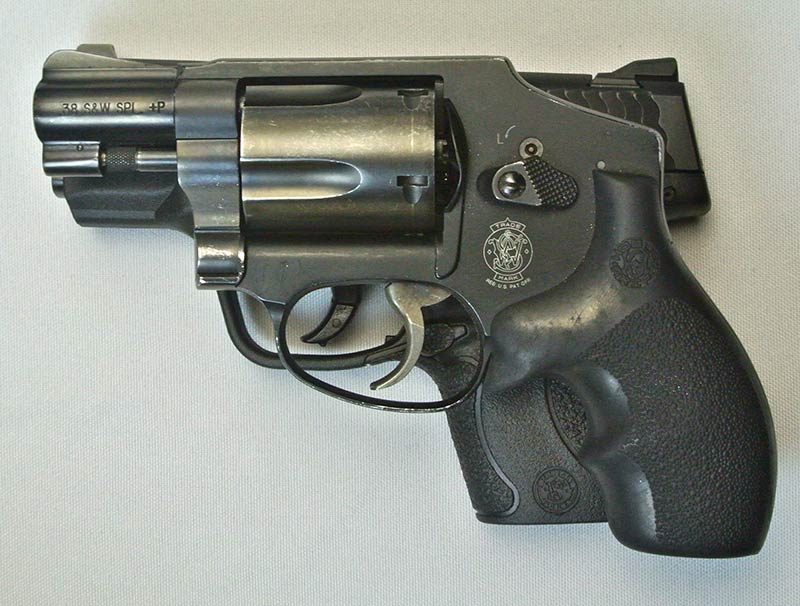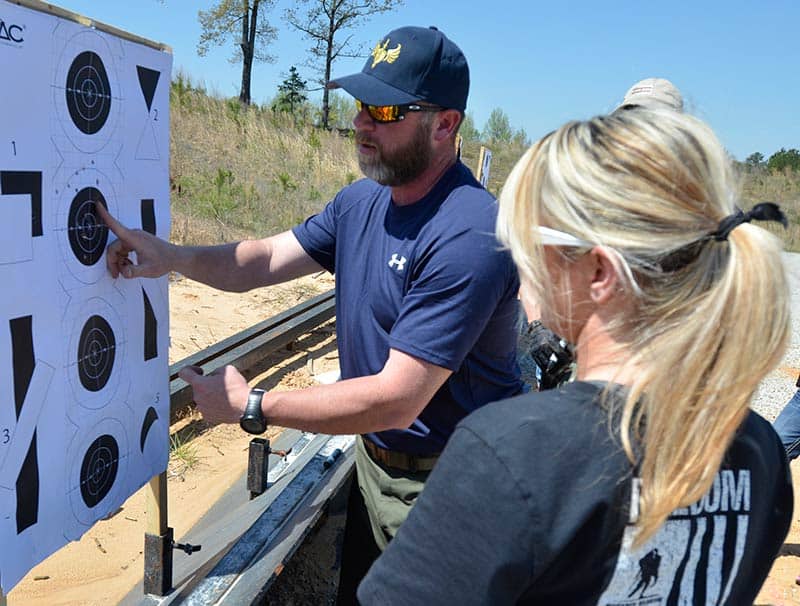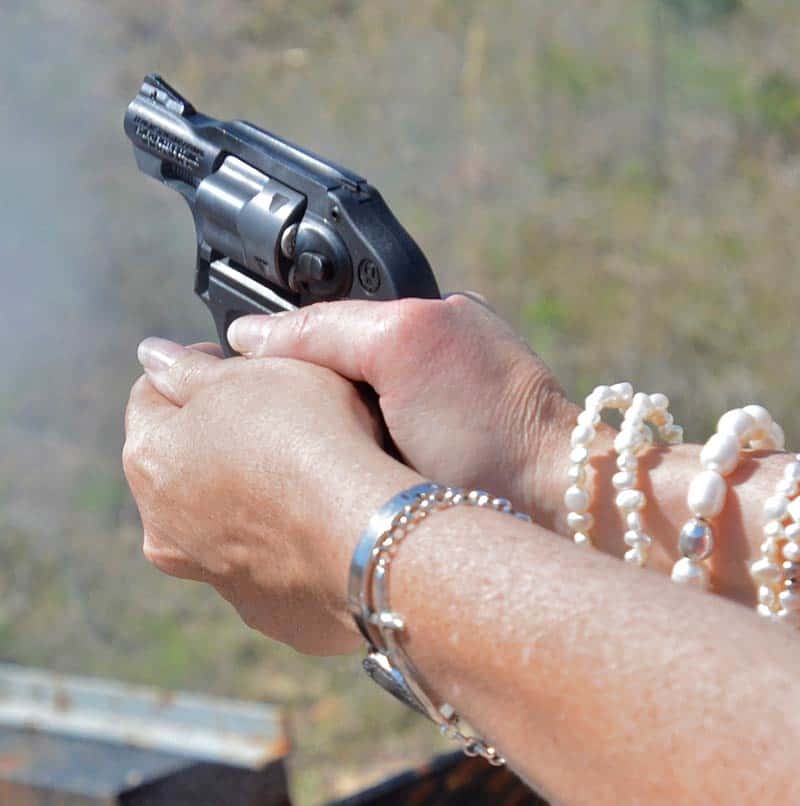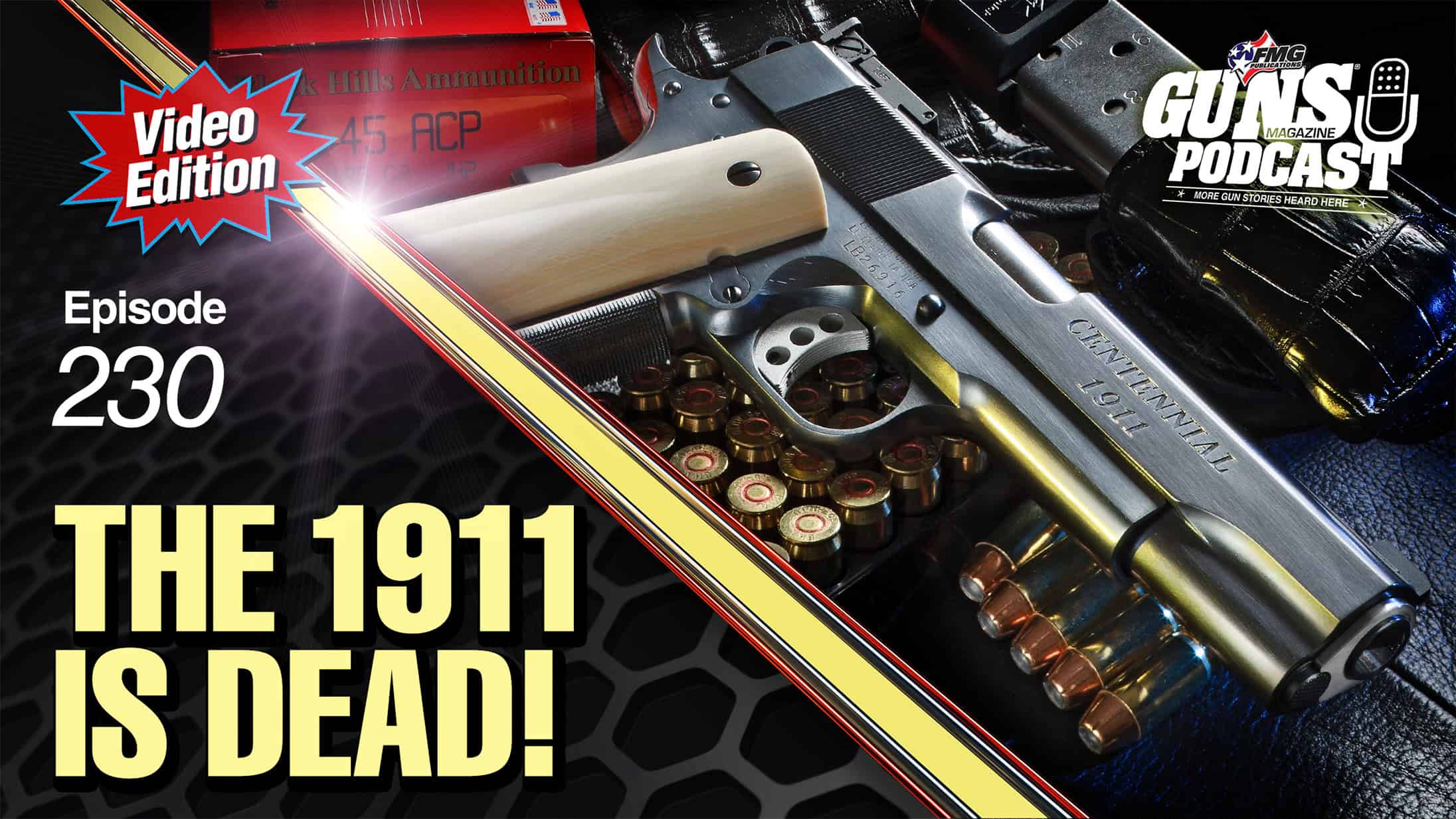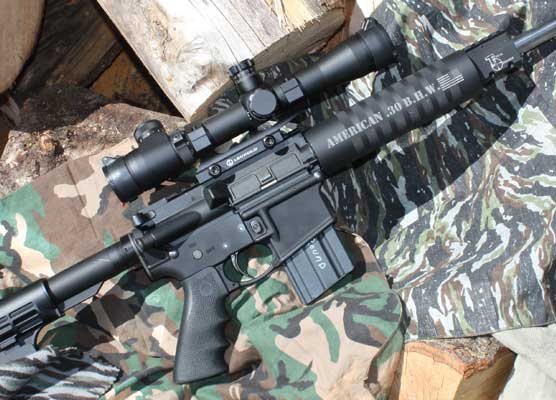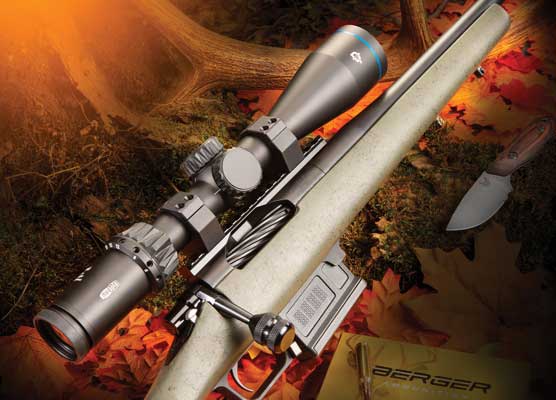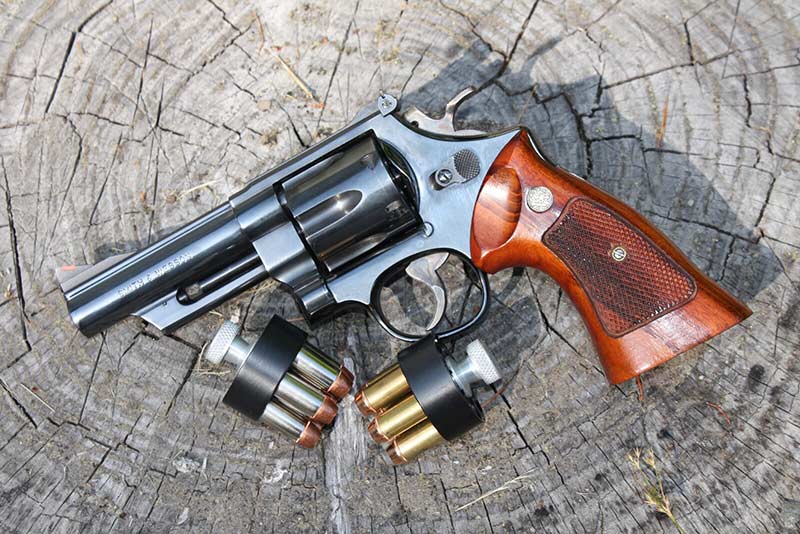The Women's Defensive Handgun
It's Not For You — It's For Her!
Women face several challenges when it comes to concealed carry. The most significant challenge is the simple fact, despite the growing number of women involved with defensive shooting, the concealed carry industry is still strongly dominated by men. Men (and I “are” one) tend to forget about the differences between men and women. As a result, not many proven carry options are available for the needs of women who carry on a daily basis.
The differences are found in clothing types, body shape issues, physical size and even strength. You need to know how — and when — these factors can make a difference in a woman’s ability to shoot a defensive handgun effectively. Before she starts considering her individual requirements in terms of physical or wardrobe factors, she must first pick her weapon! While on the hunt for the “best concealed carry gun,” you will likely notice her give it even more attention than she does that fabulous pair of Jimmy Choo shoes or Prada bag. Just as she considers looks, fit and comfort of either shoes or bags, she will consider the look, fit and comfort of her weapon. So, let’s begin there.
An Individual Choice
Women (and men) carry a gun as a tool to defend themselves or their loved ones. When a gun is needed, it’s really needed. And it has to work. Reliability is paramount. A gun that doesn’t function is no longer a gun. It is an expensive and poorly designed striking tool.
Traditionally, revolvers have had an edge in the area of reliability. They’re being challenged in this area, however, by the modern striker-fired semi-autos (which we’ll refer to as “MSF guns”). The designers and manufacturers of these MSF handguns have made incredible strides when it comes to reliability.
Then there’s the efficiency factor. Because of the smaller capacity of the revolver, the “time in the fight” is shorter. When you are ready to actually perform a reload, even using a speedloader or speed strip, the revolver reload is slower, more complex and requires more manual dexterity. The MSF, with its increased capacity and simpler reload requirements, requires fewer (and quicker-to-perform) reloads. In a gunfight, time is of the essence and it should be spent shooting,
not reloading.
Efficiency is paramount in shooting a defensive handgun. The longer the distance your finger must travel while pulling the trigger to fire and reset impacts accuracy…and costs time. The amount of force required to pull the trigger also impacts efficiency, as well as accuracy. Most revolvers require a great deal of force to pull the trigger and the distance it must be pulled is usually quite long when compared to an MSF handgun. This increased pressure over a greater distance nearly always equates to a reduction in precision — and thus, less efficiency.
The Case For The MSF
For most women, most of the time, the small revolver probably isn’t the answer (even if it’s sold with a pink grip!). What we should look to is the MSF. They’re reliable, simple to operate and efficient. All characteristics a woman — or a man — needs for concealed carry.
There are three MSF guns I recommend (in this order): GLOCK, Smith & Wesson M&P Series and Springfield XD Series. All three require very little maintenance and are very reliable under adverse conditions
Simplicity: These choices are easy to operate. They don’t have extra buttons and levers like de-cockers or external manual safeties. This means they are ready to shoot when you need them.
Efficiency: Each weapon in the list has a relatively short and moderate trigger pull, which allows the trigger to be pressed easily and quickly helping you make precision shots ending the gunfight swiftly.
Recoil Management: The barrel of the MSF gun tends to sit close to the top of the hand when held with a proper grip. This results in a milder recoil pushing directly into the hand and sends energy up the arm through the elbows and into the shoulders, ultimately allowing the whole body to absorb the recoil. Holding the barrel higher in the hand makes managing recoil a chore because the barrel tends to move the gun up and away from where it was fired. This is because the bicep contracts on recoil and then has to extend to get the gun back on target, often costing more time to regain a proper sight picture for followup shots.
Caliber
For my female students I typically recommend 9mm, which happens to be what I carry everyday. Now here is where the caliber scientists start to take issue and so, let me put it like this:
Bullets = Time and Time = Life in a gunfight. When we compare two identically sized handguns, a 9mm will hold more ammunition than a .40 S&W or .45 ACP. In the same sized gun, the 9mm is going to have less recoil, allowing the shooter to put more rounds in the fight than they would have with other “more powerful” calibers.
The 9mm has many advantages over other calibers with the real trump card being its similar wounding capacity, thanks to advancement in ammunition technology. As a result of the 9mm’s solid performance, modern defensive loadings and higher magazine capacity, it is my top pick for personal defense regardless of gender.
For most people, whether man or woman, the appropriate amount of power in a defensive handgun cartridge is going to be the 9mm. This leaves recoil management and concealability as the remaining two factors that need to be balanced. These two attributes actually work against each other. A larger gun makes managing recoil much easier due to the gun’s mass, however, the size makes the gun more difficult to conceal. On the other hand, a smaller handgun can be noticeably more difficult to shoot due to the increased felt recoil. Smaller guns have a decreased sight radius, which can cause accuracy to suffer.
Refining The Choices
Typically, my recommendation regarding the size of a concealed carry handgun is “compact.” My preferences for “compact” include the GLOCK 19, S&W M&P 9C and Springfield XD(M) 9mm 3.8″ Compact.
These guns provide a good balance between recoil management and concealability for many women. It should be noted the S&W M&P Series guns are better suited to smaller hands. And since many women have smaller hands than the typical male, this certainly needs to be considered. As with her shoes, a woman may need more than one handgun. Other factors may include method of carry (purse or thigh for instance), type of dress (business slacks, yoga pants or slinky evening gown) and location (small dinner party, large corporate kick-off party or a Saturday night out on the town). Don’t be surprised when more than one handgun is discussed. After all, in her closet what item can you find only one of?
Smaller Still
Other concealed carry options for women are the single stack versions of the MSF pistols listed above. The three I personally recommend are the S&W M&P Shield, GLOCK 43 and Springfield XD-S 9mm.
These guns might be a bit smaller than the compact versions but they’re thinner. Although the single-stack configuration brings the capacity down to around 7 to 9 rounds, it drastically improves the fit for people with smaller hands and increases concealibility.
Both the compact and the single-stack 9mm MSF handguns fit the bill in that they are reliable, efficient and relatively easy to conceal. In addition, they are likely to fit the hands of the typical female shooter, giving her the same confidence she experiences in a great-fitting pair of heels.
E.J. Owens is a professional firearms trainer, author and host of the nationally syndicated radio talk show “The E.J. Owens Show.” His company Legally Concealed www.legallyconcealed.org provides training to those legally allowed to use firearms for personal protection. EJ has served 14 years in the Army and Army National Guard and was an enlisted medic. He finished his career as a commissioned Infantry officer.
